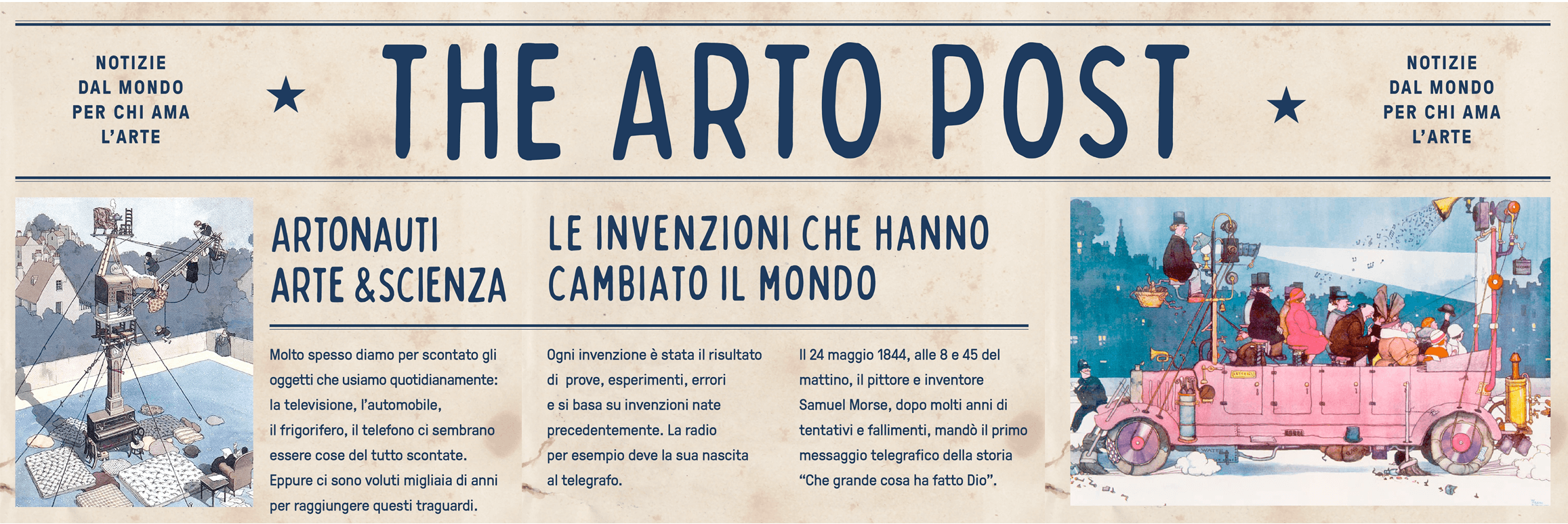Inventions That Changed History

We often take for granted the things we use every day: the television, the car, the refrigerator, the telephone. They seem like normal things. But it took thousands of years to create them. Each invention was the result of trials, experiments, and errors, and was based on inventions that came before it.
For example, the radio owes its existence to the telegraph.
On May 24, 1844, at 8:45 a.m., after many years of trial and error, painter and inventor Samuel Morse sent the first telegraphic message in history: “What a great thing God has done”. The idea of creating a device that could send messages over great distances came to him in 1825 when his wife died and he was far from home, unaware of the news and unable to attend the funeral. A few years later, while traveling, he met a man who explained that electricity could be used to send messages. Morse was so fascinated by this theory that he gave up his career as a painter and devoted himself to studying the invention. Together with a chemistry professor and some friends who financed him, he was able to continue his research. He went to Congress but was not understood and his project was rejected. He then went to Europe in search of supporters, but even there he was not understood. He returned to the United States and set up a connection between two rooms to prove that he was right. It worked. He then convinced members of Congress to build a telegraph line between Washington and Baltimore.
The telegraph message arrived 64 minutes ahead of the train.
Years later, in 1896, Guglielmo Marconi developed a wireless telegraph system, and in December 1901, he sent the first radio signals across the Atlantic. He patented the radio and a few days later the Russian Popov, unaware of Marconi’s studies, achieved the same result. The time was right, and the fact that two men thousands of miles apart were working on the same project with the same results confirms it.
Discover these and other curiosities in the new Art and Science album
Explore the Art and Science album!